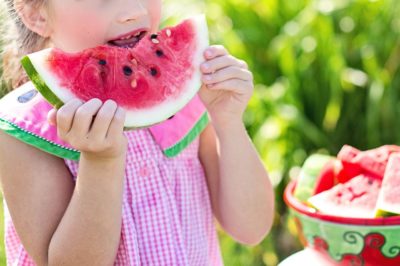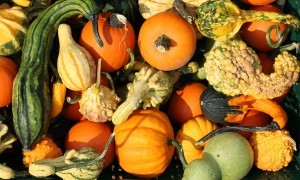
Watermelon is considered both a fruit and vegetable and has natural anti-histamine properties
Watermelon is part of the same family that includes cucumbers, pumpkins, and squash.
If you have an intolerance to one or more members of this particular plant family, it could mean an intolerance to other members of this group.
Cucurbita (the Gourd family) from the Cucurbitaceae group

Create your own user feedback survey
In terms of migraines, we need to be aware of the good (anti-histamine) as well as the bad (tyramine) with watermelon
Fruits and vegetables from this group are great sources of vitamins and nutrients such as A, C, iron, folic acid etc. The less known fact about the seeds is that they contain a toxin called Cucurbitin.
Histamines are complicated
Histamines, which are biogenic amines, cause the allergic reactions you feel when eating something inappropriate. They let the brain know that something is wrong in the body.
Most of us have heard of anti-histamines, drugs specifically produced to inhibit the action of histamines. If you have a histamine intolerance, then watermelon could be good for you, since it is a low-histamine fruit. For those of us with migraines, it gets more complicated when we factor in the aging process. Although it might be good for me to eat watermelon due to its natural histamine fighting ability, the needed ripeness introduces too much tyramine, another biogenic amine, which is a trigger for most of us. Other fruits, like bananas also go through an extended ripening process.
Wait, what? Are histamines good or bad?
If we experience migraines as a result of histamine build-up, then watermelon would be good. With migraines, it is never that simple. Excessive amounts of tyramine trigger migraines. In the case of watermelon, it may be fine to have a slice or two. Let’s say you leave a watermelon out for a period of two days. You then cut it open and eat half. While your body’s histamines might be lower at that point, that will not be the case for tyramine.
What is your process for finding migraine triggers?
I can tell you that my process for determining migraine triggers used to involve quite a bit of guess-work. But that changed after learning about the DATA Protocol.
The first in our 3-part interview series can be accessed through this link. I would encourage you to read the entire interview because I think you’ll appreciate the author’s story, and it’ll perhaps get you to rethink your own process for finding migraine triggers.

Thank you for this article. I have migraines that are a result of histamine issues. I have always loved eating watermelon but I had no idea it could inhibit histamine release. This makes so much sense why my body would want to eat watermelon. Thanks!